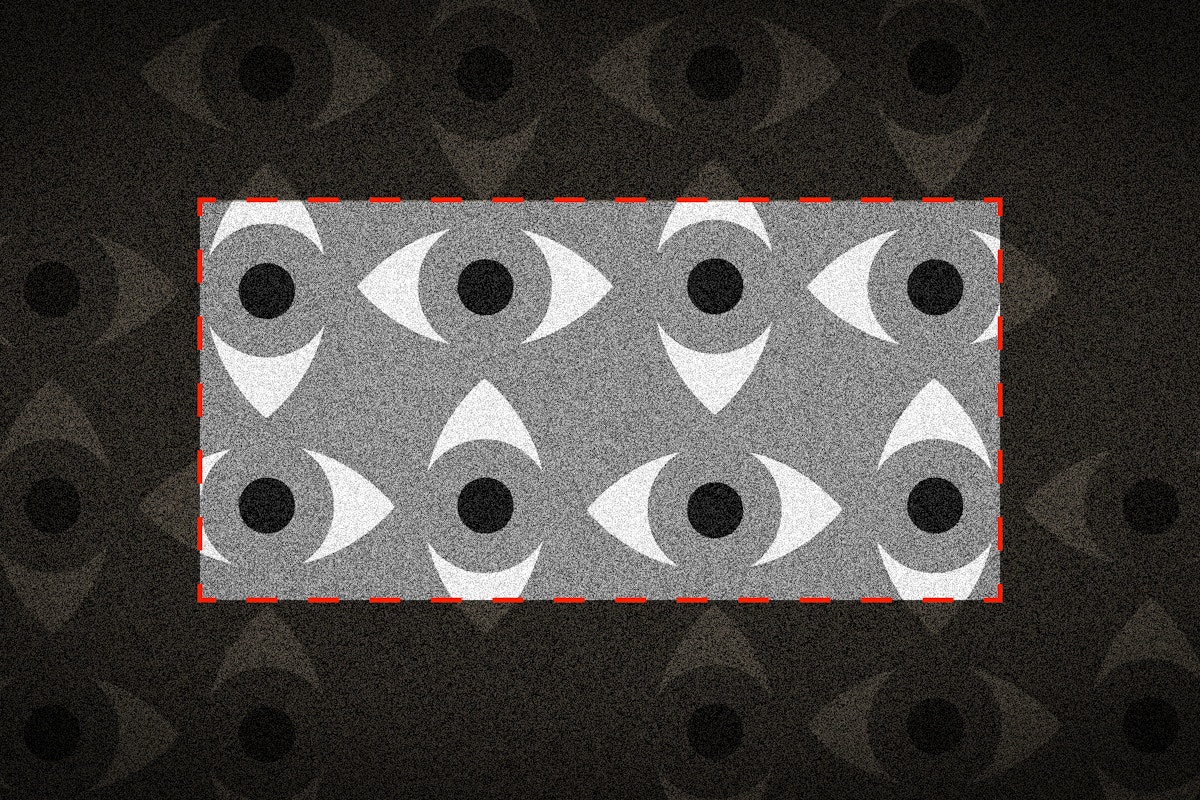
An iconic scene from the sci-fi comedy series “Red Dwarf” meant to parody the absurdist fetishization of image forensics — in which TV and movie characters are able to perform seemingly magical image enhancements — contains one crucial kernel of truth: It is, in fact, possible to uncrop images and documents across a variety of work-related computer apps. Among the suites that include the ability are Google Workspace, Microsoft Office, and Adobe Acrobat.
Being able to uncrop images and documents poses risks for sources who may be under the impression that cropped materials don’t contain the original uncropped content.
One of the hazards lies in the fact that, for some of the programs, downstream crop reversals are possible for viewers or readers of the document, not just the file’s creators or editors. Official instruction manuals, help pages, and promotional materials may mention that cropping is reversible, but this documentation at times fails to note that these operations are reversible by any viewers of a given image or document.
For instance, while Google’s help page mentions that a cropped image may be reset to its original form, the instructions are addressed to the document owner. “If you want to undo the changes you’ve made to your photo,” the help page says, “reset an image back to its original photo.” The page doesn’t specify that if a reader is viewing a Google Doc someone else created and wants to undo the changes the editor made to a photo, the reader, too, can reset the image without having edit permissions for the document.
For users with viewer-only access permissions, right-clicking on an image doesn’t yield the option to “reset image.” In this situation, however, all one has to do is right-click on the image, select copy, and then paste the image into a new Google Doc. Right-clicking the pasted image in the new document will allow the reader to select “reset image.” (I’ve put together an example to show how the crop reversal works in this case.)
An original uncropped image in a Google Doc can also be viewed by downloading a “web page (.html, zipped)” version of the document. The uncropped image will then be in the downloaded images folder.
Enterprising users have even written code that makes it easy to see uncropped images. On places like GitHub, they post scripts that can be loaded into web browsers to display uncropped images by default in any viewable Google Doc.
While Microsoft Office, like Google, allows for cropping images, the instructions take care to note that the full images might be preserved: “Cropped parts of the picture are not removed from the file, and can potentially be seen by others.” The instructions provide additional directions for deleting the cropped portions of the image in the apps.
Uncropped versions of images can be preserved not just in Office apps, but also in a file’s own metadata. A photograph taken with a modern digital camera contains all types of metadata. Many image files record text-based metadata such as the camera make and model or the GPS coordinates at which the image was captured. Some photos also include binary data such as a thumbnail version of the original photo that may persist in the file’s metadata even after the photo has been edited in an image editor.
Images and photos are not the only digital files susceptible to uncropping: Some digital documents may also be uncropped. While Adobe Acrobat has a page-cropping tool, the instructions point out that “information is merely hidden, not discarded.” By manually setting the margins to zero, it is possible to restore previously cropped areas in a PDF file.
The key takeaway for would-be whistleblowers, leakers, and journalists working with sensitive sources is to never trust the cropping functionality afforded by professional-level apps and other document and image manipulation software and services. It is always prudent to assume that a cropping operation is nondestructive — the original is maintained — or reversible.
Images and documents should be thoroughly stripped of metadata using tools such as ExifTool and Dangerzone. Additionally, sensitive materials should not be edited through online tools, as the potential always exists for original copies of the uploaded materials to be preserved and revealed.
When dealing with especially sensitive materials that require cropping, resorting to the tried-and-true analog method of using scissors may be the safest approach.
This content originally appeared on The Intercept and was authored by Nikita Mazurov.
Nikita Mazurov | Radio Free (2023-02-14T12:00:59+00:00) Whistleblowers Take Note: Don’t Trust Cropping Tools. Retrieved from https://www.radiofree.org/2023/02/14/whistleblowers-take-note-dont-trust-cropping-tools/
Please log in to upload a file.
There are no updates yet.
Click the Upload button above to add an update.